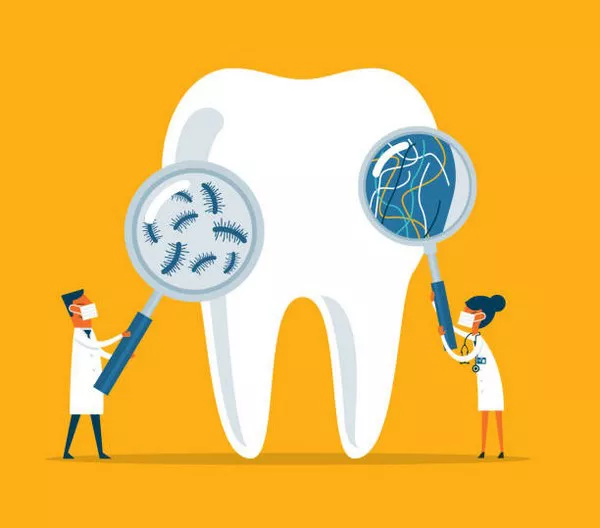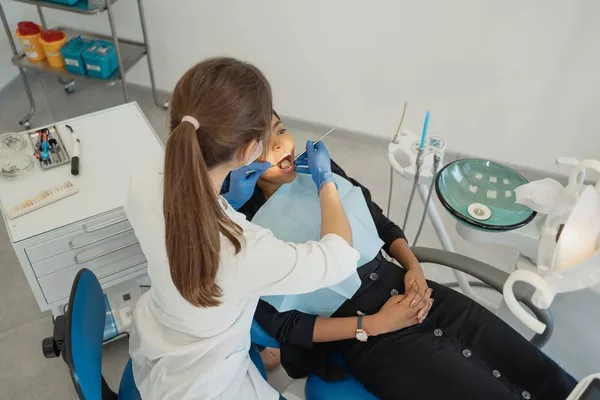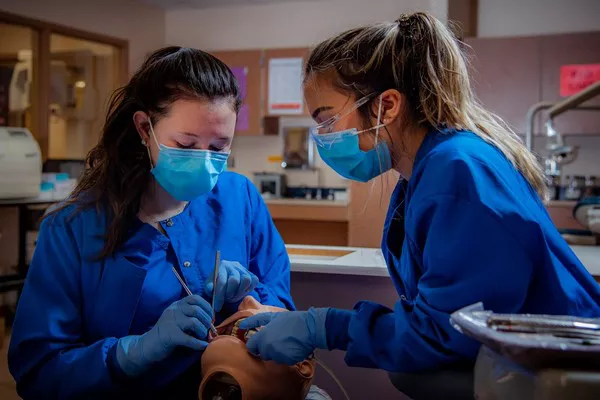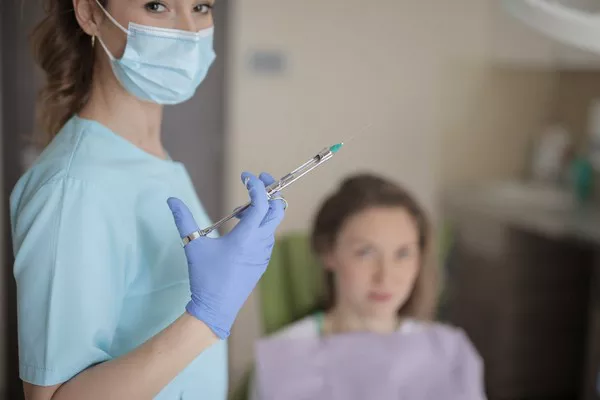Bleeding gums in cats can indicate a range of health issues, from mild to severe. While occasional minor bleeding might be due to temporary irritation, persistent or severe bleeding is often a sign of more serious underlying conditions. Bleeding gums can be symptomatic of dental diseases, infections, immune disorders, or trauma. It’s crucial to address this symptom promptly, as untreated gum issues can lead to significant pain, tooth loss, and systemic health problems. Understanding the causes, symptoms, diagnosis, and treatment options for bleeding gums can help cat owners provide better care for their feline companions.
Common Causes
Gingivitis
Gingivitis is a common cause of bleeding gums in cats. It is the inflammation of the gums caused by the accumulation of plaque and tartar. This condition can lead to red, swollen, and bleeding gums, often accompanied by bad breath. If left untreated, gingivitis can progress to periodontal disease, causing more severe dental issues.
Stomatitis
Stomatitis is a severe inflammation of the mouth lining, often extending to the gums. This condition can be excruciating and lead to significant bleeding, ulcers, and lesions. Stomatitis is frequently associated with immune responses to dental plaque, making it challenging to manage without veterinary intervention.
Dental Disease
Dental diseases, including periodontal disease, are prevalent in cats and a major cause of bleeding gums. Periodontal disease occurs when plaque hardens into tartar, causing infection and inflammation. Over time, this can damage the structures supporting the teeth, leading to tooth loss and severe oral pain.
Viral Infections
Several viral infections can lead to bleeding gums in cats:
Feline Leukemia Virus (FeLV): FeLV suppresses the immune system, making cats more susceptible to infections and oral health issues, including bleeding gums.
Feline Immunodeficiency Virus (FIV): Similar to HIV in humans, FIV weakens the immune system, leading to chronic infections and periodontal disease.
Feline Herpesvirus (FHV): This virus can cause respiratory and oral symptoms, including gingivitis and stomatitis, resulting in bleeding gums.
Feline Calicivirus (FCV): FCV can cause oral ulcers and gingivitis, contributing to gum bleeding and overall oral discomfort.
Immune Disorders
Immune-mediated conditions, such as feline chronic gingivostomatitis (FCGS), can cause severe inflammation and bleeding of the gums. These disorders often result from an overactive immune response to oral bacteria, leading to chronic pain and discomfort.
Bacterial and Fungal Infections
Bacterial and fungal infections can cause inflammation and bleeding of the gums. These infections may occur due to poor oral hygiene, immune suppression, or secondary to other health issues. Common bacterial culprits include Pasteurella multocida and Actinomyces species, while fungal infections might be caused by Candida species.
Trauma
Trauma to the mouth or gums, such as chewing on hard objects or sustaining an injury, can lead to bleeding. This type of bleeding is usually acute and can be resolved once the injury heals, provided there is no underlying dental disease.
see also: How fast does gingivitis spread?
Symptoms Accompanying Bleeding Gums
When a cat has bleeding gums, several other symptoms may be present:
Bad Breath (Halitosis): Often caused by bacterial infection and decay in the mouth.
Difficulty Eating: Pain and discomfort can lead to reluctance to eat or changes in eating habits.
Drooling: Excessive drooling may occur, sometimes tinged with blood.
Visible Tartar on Teeth: Yellow or brown tartar buildup on teeth indicates poor dental health.
Swollen Gums: Inflammation often accompanies bleeding, making gums appear red and swollen.
Weight Loss: Due to decreased appetite and difficulty eating.
Pawing at the Mouth: Indicates discomfort or pain in the mouth.
Diagnosis
Diagnosing the underlying cause of bleeding gums in cats involves several steps:
Physical Examination
A thorough physical examination by a veterinarian is the first step. This includes an oral examination to assess the condition of the gums, teeth, and oral cavity.
Dental Examination
A detailed dental examination, often under anesthesia, allows the veterinarian to inspect all areas of the mouth and teeth. This may include scaling and polishing to remove tartar and plaque for a clearer assessment.
Blood Tests
Blood tests can help identify underlying systemic issues such as viral infections (FeLV, FIV), immune disorders, or other health problems affecting oral health.
X-rays and Imaging
Dental x-rays are crucial for visualizing the roots of the teeth and the bones supporting them. This helps identify issues not visible during a regular examination, such as tooth root abscesses or bone loss.
Biopsy
In cases where immune disorders or unusual lesions are suspected, a biopsy of the affected gum tissue may be necessary to obtain a definitive diagnosis.
see also: What medicine to take for gingivitis?
Treatment Options
Treating bleeding gums in cats depends on the underlying cause:
Professional Dental Cleaning
For cases of gingivitis or early periodontal disease, a professional dental cleaning under anesthesia is often necessary. This process involves scaling to remove tartar and plaque and polishing the teeth to prevent future buildup.
Medication
Antibiotics: Used to treat bacterial infections that cause or result from dental disease.
Antivirals: In cases of viral infections, antiviral medications might be prescribed to manage the symptoms.
Anti-inflammatories: To reduce inflammation and pain in conditions like gingivitis and stomatitis.
Immunosuppressants: For immune-mediated conditions like FCGS, medications to suppress the immune response may be needed.
Surgery
In severe cases of dental disease or stomatitis, surgical intervention may be required. This can include the extraction of affected teeth to alleviate pain and prevent further infection.
Supportive Care
Supportive care, such as pain management and nutritional support, is essential, especially for cats with chronic conditions like stomatitis. This ensures they maintain a good quality of life despite their oral health issues.
Home Care
Home care plays a crucial role in managing and preventing bleeding gums:
Regular Brushing
Brushing your cat’s teeth regularly with a cat-specific toothbrush and toothpaste helps prevent plaque and tartar buildup. Start slowly and be gentle, using treats and positive reinforcement to make the process easier for your cat.
Special Diets
Feeding your cat a diet formulated for dental health can help reduce plaque and tartar. These diets often include larger kibble pieces that promote chewing and mechanical cleaning of the teeth.
Dental Treats and Chews
Dental treats and chews designed to reduce plaque and tartar can be a useful addition to your cat’s oral care routine. Ensure these products are safe and appropriate for your cat.
Regular Check-Ups
Regular veterinary check-ups are essential to monitor your cat’s oral health and catch any issues early. Professional dental cleanings may be recommended annually or more frequently, depending on your cat’s needs.
Prevention
Preventive measures can significantly reduce the risk of gum disease and bleeding gums:
Routine Dental Care
Regular dental care, including brushing and professional cleanings, is vital. Start dental care early in your cat’s life to establish good habits.
Healthy Diet
Feeding a balanced diet that promotes dental health can prevent plaque and tartar buildup. Consider incorporating dental-specific diets and treats as part of their regular feeding regimen.
Regular Veterinary Visits
Annual veterinary visits allow for early detection and treatment of dental issues and other health problems that could impact your cat’s oral health.
Avoid Hard Objects
Prevent your cat from chewing on hard objects that can cause trauma to their teeth and gums. Provide safe chew toys to satisfy their natural chewing instincts.
When to See a Vet
It is crucial to consult a veterinarian if your cat shows any signs of bleeding gums. Prompt veterinary care ensures proper diagnosis and treatment, preventing complications and ensuring your cat’s comfort and well-being. If you notice symptoms like persistent bad breath, difficulty eating, excessive drooling, or visible tartar, seek veterinary advice immediately. Early intervention can prevent minor issues from developing into serious health problems.
Conclusion
Bleeding gums in cats are a symptom that should not be ignored. Understanding the potential causes, recognizing accompanying symptoms, and seeking prompt veterinary care are essential steps in ensuring your cat’s oral and overall health. Through proper diagnosis, effective treatment, and diligent home care, cat owners can help prevent and manage bleeding gums, ensuring their feline friends live healthy, pain-free lives. Regular veterinary check-ups and preventive measures are key to maintaining your cat’s dental health and overall well-being.
FAQs about Cat Gum Health
1. How can I heal my cat’s gums?
Healing your cat’s gums requires proper veterinary care and a proactive approach to oral hygiene. Here are some steps you can take:
Regular Veterinary Check-ups: Schedule regular dental check-ups with your veterinarian to monitor your cat’s oral health and address any issues promptly.
Professional Dental Cleaning: Professional dental cleanings performed by a veterinarian under anesthesia are crucial for removing tartar and plaque buildup.
Home Dental Care: Brushing your cat’s teeth regularly with a pet-specific toothbrush and toothpaste can help prevent plaque accumulation and gingivitis. Dental chews and water additives may also aid in maintaining oral hygiene.
Diet: Feeding your cat a balanced diet that promotes dental health, such as dental-specific kibble or dental treats, can support gum health.
Routine Dental Exams: Regularly inspect your cat’s mouth for signs of gum disease, such as redness, swelling, or bleeding gums. If you notice any abnormalities, consult your veterinarian promptly.
2. Why is blood coming out of my cat’s mouth?
Blood coming from your cat’s mouth could indicate various dental issues, including gingivitis, periodontal disease, oral injuries, or even systemic health problems. It’s essential to have your cat examined by a veterinarian to determine the underlying cause and appropriate treatment. Delayed or inadequate treatment of oral health issues can lead to pain, infection, and potentially serious health consequences.
3. Can cat gingivitis heal on its own?
Cat gingivitis, or inflammation of the gums, typically requires veterinary intervention for effective treatment. While mild cases of gingivitis may improve with improved oral hygiene, including regular brushing and professional dental cleanings, more severe cases often require veterinary dental procedures, such as scaling and polishing, to remove tartar and address underlying issues. Without proper treatment, gingivitis can progress to more advanced stages of periodontal disease.
4. How long can a cat live with gum disease?
The lifespan of a cat with gum disease can vary depending on the severity of the condition, overall health, and quality of veterinary care received. Untreated gum disease can lead to pain, tooth loss, systemic infections, and potentially life-threatening complications. With proper management, including regular dental care and treatment of underlying health issues, cats with gum disease can lead happy and comfortable lives. Early detection and intervention are key to preventing progression and preserving your cat’s oral and overall health.
You Might Be Interested In





























